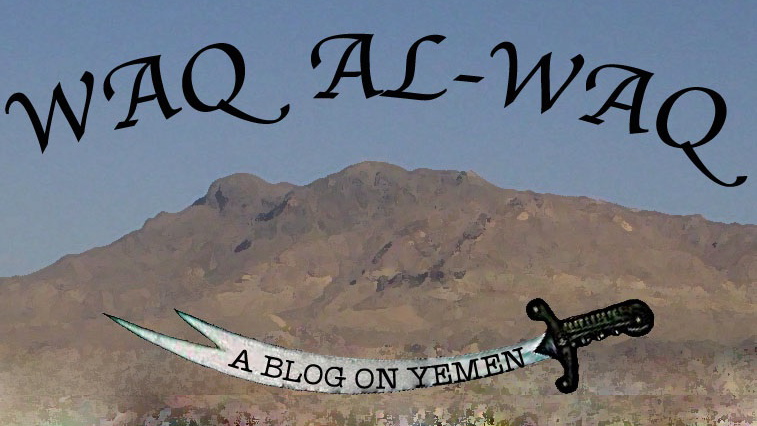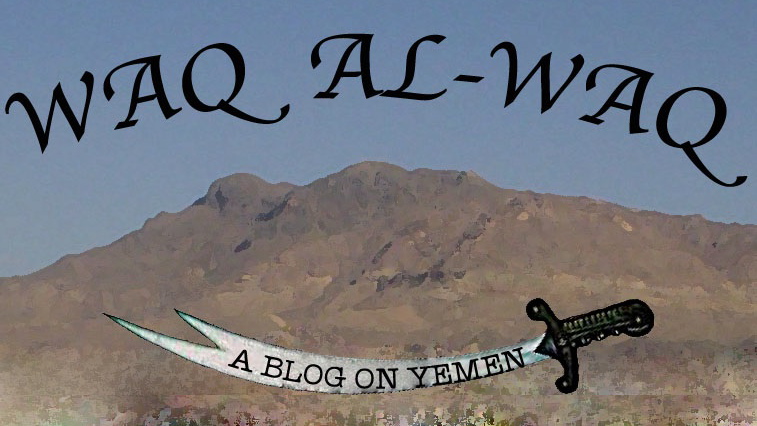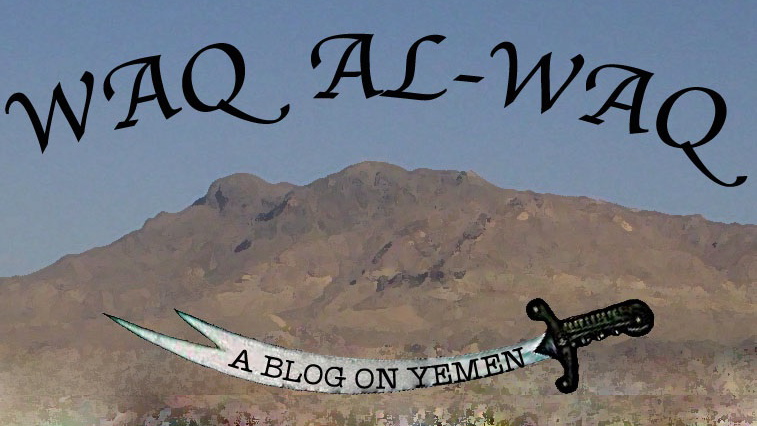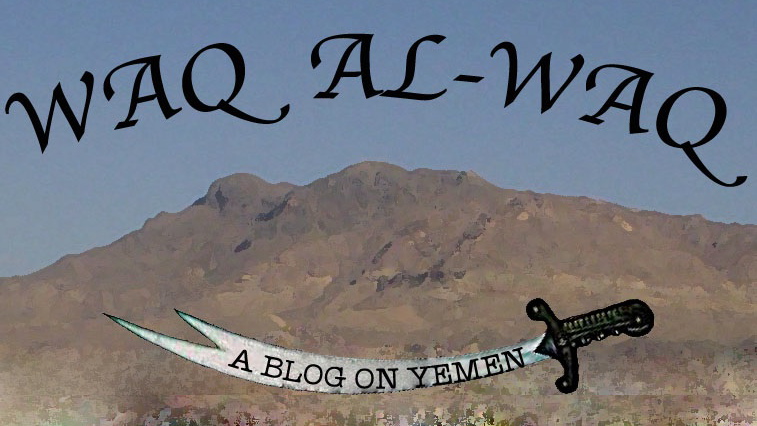The Arhab Tribe: A Primer
Given all the time and attention the Yemeni military has spent on the Arhab tribe recently, which we have followed here at Waq al-waq by also spending a great deal of time on the tribe and region, I thought it would be helpful to go a bit more in-depth about the tribe, particularly since so many recent individuals that the Yemeni government is claiming are al-Qaeda members come from this tribe.
It was also in Arhab lands that the Dec. 17 raid took place that missed Qasim al-Raymi and Hizam Mujali but netted Arif Mujali (wounded and captured) and former Guantanamo Bay detainee Hani al-Shi’lan (dead).
And for that I turn to my trusty two-volume Geographical and Tribal Dictionary of Yemen as well as the Encyclopedia of Yemen (2nd ed.) and, of course, to Paul Dresch’s masterly Tribes Government and History in Yemen.
Arhab which has its territory north of San’a is part of the Bakil tribal confederation.
The geographical dictionary, in the style of geographical dictionaries everywhere, bounds the tribes territory by Mount Nihm to the east and by Mount ‘Iyal to the west. Dresch writes on page
The tribe is divided into two main sections: Zuhayra and Dhaybani. Each of these sections is further subdivided further into smaller tribes.
Dresch writes on page 90: “There is no shaykh of Zuhayr as a whole, of Dhayban, or of all Arhab.” But he does, in a figure on page 91, list the shaykhly families of the tribe.
Zuhayri has five subdivisions: Zindan, ‘Iyal ‘Abdullah, Bani ‘Ali, Shakir and Bayt Marran. This division is slightly different from the one Dresch lays out on page 91: he combines Shakir and Bayt Marran while adding Khamis to the mix.
The Dhaybani section is further divided ‘Iyal Suhaym, Bani Murrah, Bani Hakam, al-Zubayrat, Habbar, Bani Sulayman and Hisan. (Dresch has a much more hierarchical understanding of this side of Dhabayn in his figure on page 91, and I tend to trust him and his research. But his divisions are not born out by the entry in the geographical dictionary.)
Interestingly, the section in the Encyclopedia of Yemen is a truncated version of the one that appears in the geographical dictionary. The only difference is that it includes a map of Arhab (pg. 260 vol. I). The map, which is not of good quality, divides the tribal lands into 17 division, but strangely two of these are for Zindan, while every other sub-section only has one.
This map of lands mirrors much closely Dresch’s divisions (although it is not quite a perfect match) than it does the bifurcated division of the Geographical dictionary.
Among the famous sons of Arhab is al-Hamdani the writer of al-Iklil and the Description of the Arabian Peninsula two books all students of Yemen are well-familiar with.
More recently, of course, Shaykh ‘Abd al-Majid al-Zindani – as his name indicates is a scion from Zindan – despite the fact that his family moved south to Ibb long before he was born. In Yemeni parlance he is known as a naqayili, to indicate, I believe, that the family moved.




